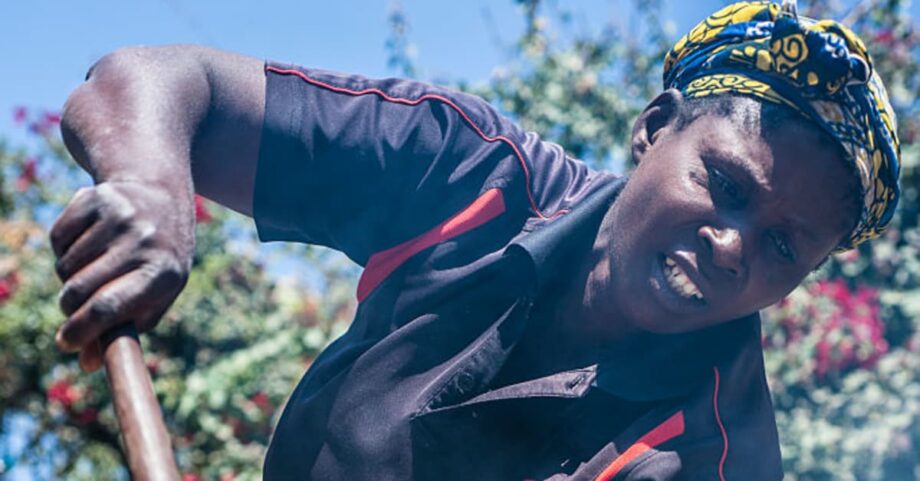Can you go through this tough tradition to prove your love for your husband?
Food is something of the essence in Zambia and as such, it is an interesting part in the country’s wedding Tradition. Ichilanga Mulilo is a ceremony which takes place before the wedding, where the bride is required to cook different meals for the groom and his family.
Icilanga Mulilo basically translates to the “showing of fire.” In this type of ceremony, the husband is introduced to food and cuisines made by the bride and her family. The bride and her family must cook over 40 meals, sometimes, even more.
Before marriage, customs demanded that the man was not allowed to eat with his in-laws. As a result, that occasion was a way to overcome this custom and mark the beginning to a healthy and legal union.
The groom is handed the opportunity to sample the dishes that his bride’s family prepared during the ceremony. This ceremony almost resembles a “welcome to the family” party.
Once the meal arrives at the groom’s house, friends of the bride, her instructor and drummers, greet the groom and his friends in a song that might be loosely translated to mean, “We have brought the food cooked on the fire.”
The groom’s entourage then showcases their gratitude by placing cash on a chitenge (a type of fabric). The bride’s instructor would take the groom through with the dishes while a group of women sang and drummed.
The bride’s family doesn’t leave until every meal has been explained. The occasion is an opportunity for families to bond and spend time together as the two sides cohabit before the big day.
Icilanga Mulilo is a ceremony reserved for the groom to have a good view of the kinds of meals he expects his wife to cook for him.
The Wedding Tradition Where The Bride Must Cook Over 40 Food Dishes To Please The Groom
